Whether wild or domesticated, animals play a pivotal role in our ecosystem. But for how long do these life-enhancing creatures live?
Do all animals pass on, or are there some immortal animals?
Please read on to find out the answers to the above questions and 14 animals with the longest lifespans.
Animals with the longest lifespans
#14. African Elephants (60-70 years)

Using their trunks alone, elephants, the world’s largest land animals, can easily lift 350kgs. These land animals eat at least 150 kgs of grass in a day. Elephants use their tusks (enlarged incisor teeth) to prise the bark of trees, dig up roots and protect themselves during an attack.
These tusks erupt’ when an elephant is 2 years old. However, a study has shown that more elephants are being born tuskless, a process scientists call unnatural selection. This is a result of excessive ivory poaching that cost elephants their lives. Most African elephants live for 60-70 years.
#13. Macaws (80 years)
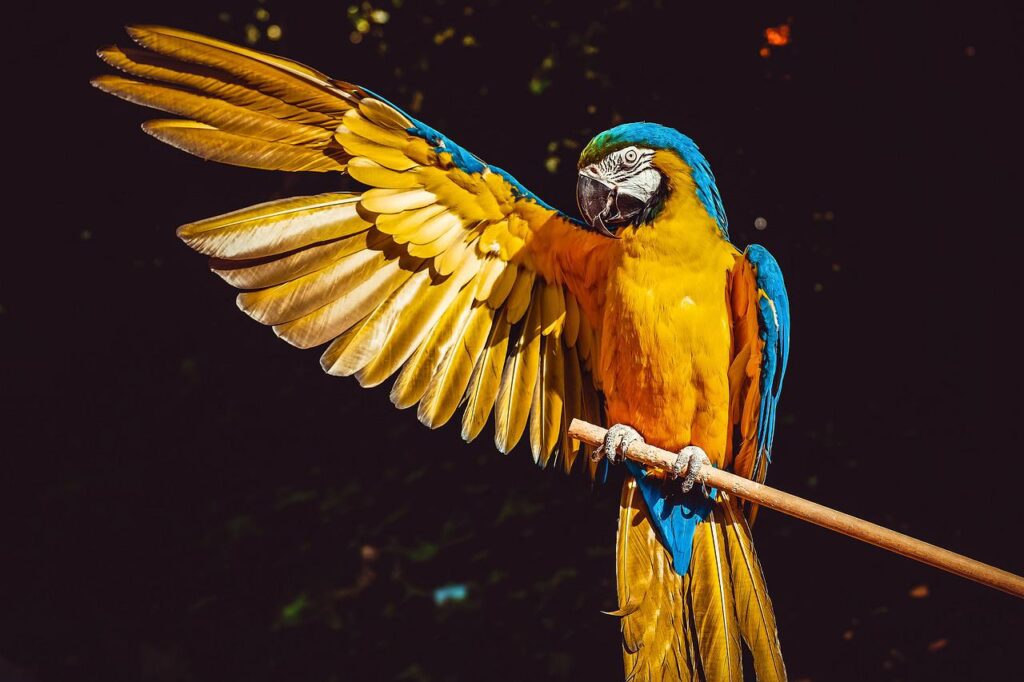
Did you know that Macaws’ tongues have a bone? And did you also know that Macaws are monogamous? Once they find their mate, they stay together for the rest of their lives, raising their ‘babies’ and grooming each other.
These colorful birds are the world’s largest parrots with beaks strong enough to crack a coconut shell. Under the right conditions, Macaws can live up to 100 years; this was evidenced by Charlie, the oldest living Macaw, who passed on at the age of 114. However, most Macaws have an average lifespan of 80 years.
#12. The Cave Salamander (100 years)
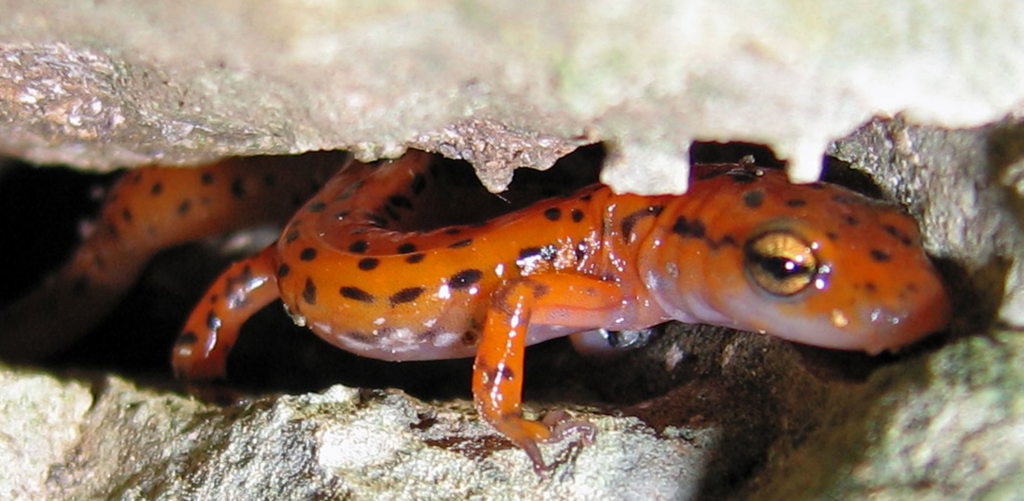
The Cave Salamanders, scientifically known as Eurycea lucifuga, are typically bright orange, but they can sometimes be yellow-brown to orange-red. They primarily live in caves; no wonder their name. These 4.0- to 6.0-inch-long salamanders breed during summer, with the females laying 50-90 eggs after every 12 years in the fall and winter.
These carnivorous animals take 15 years to mature. Cave salamanders only move when it benefits them, this is according to Matthew Niemiller, a cave biologist who studied these exceptionally different creatures. Despite their sedentary lifestyle, cave salamanders are excellent tree climbers.
Scientists believe that the cave salamanders, one of the longest-living land animals, live long due to the extremely sedentary life that causes them to have a remarkably slow metabolic rate.
#11. American Lobsters (100 years)
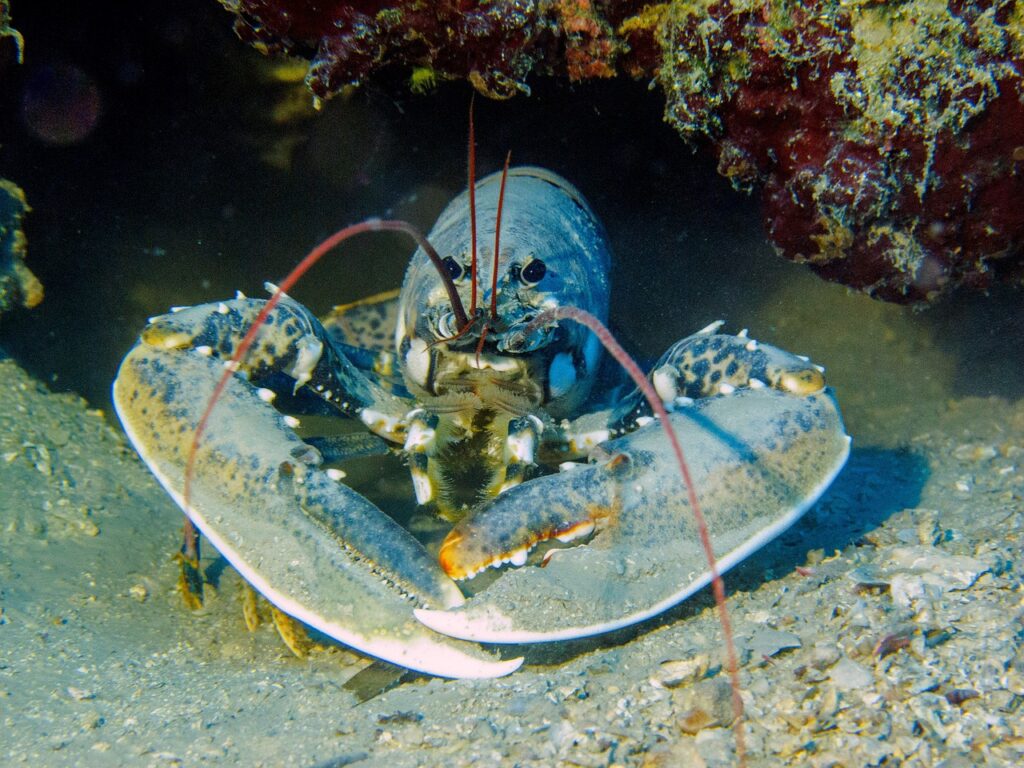
Often American lobsters are reddish-brown or green in color. However, they may sometimes be blue, yellow, orange, and even white. These omnivorous animals grow to lengths of 3 feet and weigh around 18kgs as adults. They increase in size through molting (shedding of their shell).
These highly territorial water creatures only mate after the female undergoes molting. The female gets to pick who it
mates with. These lobsters take at least 6-8 years to become adults.
It’s estimated that the American lobster, under the right environmental conditions (enough food and minimal predators), can live to 100 years. Scientists believe that the cool and salty waters of the North Atlantic Ocean, where these lobsters live, slow down their body’s metabolism, thus letting them age more slowly and live longer.
#10. Tuatara (100 years)

Tuataras are lizard-looking creatures that are only endemic to New Zealand. They are the only living members of the order Rhynchocephalia since all the other members in this order became extinct 60 million years ago.
Tuataras have a third eye, covered by scales and pigment in their 4th to 6th month of life. It takes around 10-20 years for Tuataras to attain sexual maturity. Females take 1 to 2 years to hatch eggs with yolks and another 7 months for the eggs to form a shell. These lizard-like creatures can regrow their tails and live to 100 years and above in the right environment.
#9. Galapagos Giant Tortoise (100 years)

Did you know that Galapagos Giant Tortoise can live without food or water for a year? Their large bladders where they store water and their incredibly low metabolism rate make it possible for these endangered tortoises to go a year without drinking or eating anything.
They sleep for at least 16 hours a day and can only walk at a speed of 2 kilometers per hour. They stop growing at 40-50 years of age. These 5-foot-tall tortoises have a lifespan of 100 years and beyond, with the oldest having lived for 152 years.
#8. Red Sea Urchin (200 years)
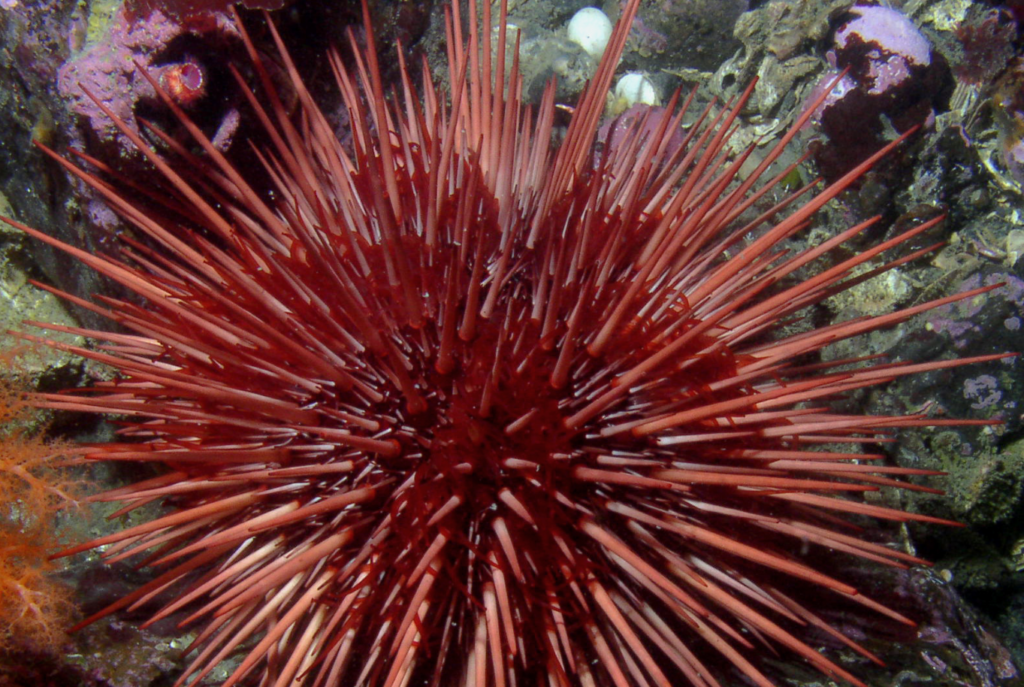
Red sea urchins are the largest of all the sea urchin species. These marine animals possess venom that is not poisonous to humans or other animals; instead, the venom is pain-inducing.
This 6-12 cm long animal reproduces externally and prefers living in shallow and rocky waters. Most often, red sea urchins don’t die due to old age. Predators like the wolf eels, sea stars, and crabs seem to cut short the 200 years lifespan of Red sea urchins.
#7. Bowhead whales (200 years)
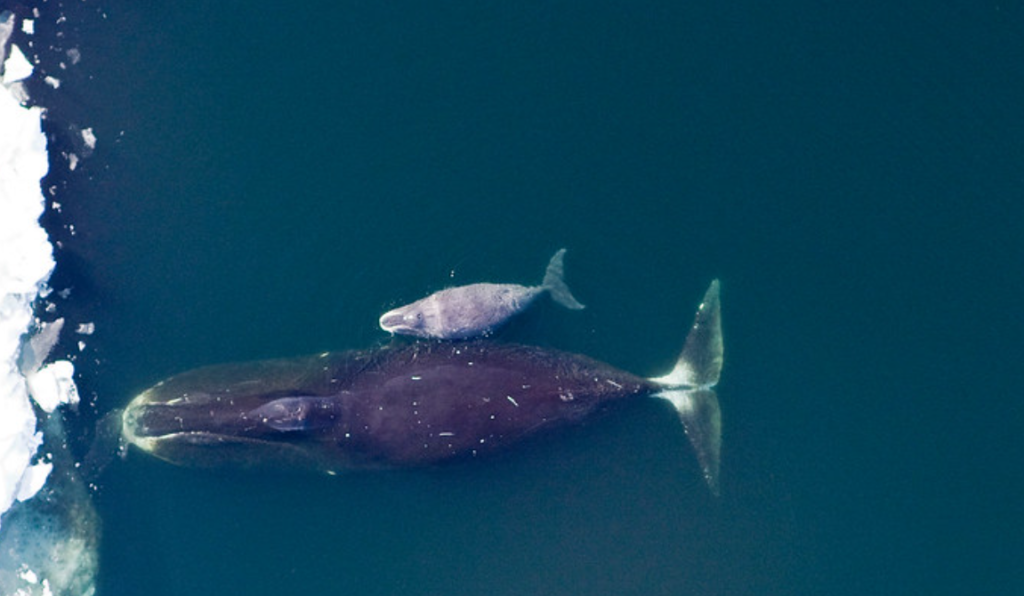
It’s estimated that, on average, Bowhead Whales, which have the thickest layer of fat of any sea mammal, eat at least 2 tonnes of food in a day. They can consume such huge amounts of food by swimming with wide open mouths. Adult Bowhead whales may reach lengths of 65 feet and weigh around 100 tonnes.
Despite leading a solitary life, Bowheads sometimes group up during feeding. And when they do, these massive Baleen whales leap out of the water while slapping their tails and flippers in a very disorderly and noisy manner. It’s estimated that these Arctic whales can live 200 years and beyond.
#6. Rougheye Rockfish (200 years)
Crabs, shrimps, greenlings, and Pacific herring make up the diet of the Rougheye Rockfish. And the Rougheye Rockfish
make up the seals, salmonids, and Lingcod diet. These deep-water fish are viviparous; they have internal fertilization and give birth to live young ones.
After studying the DNA of 88 rockfish species, researchers concluded that the changes in genes for repairing DNA, ability to regulate insulin and glucose, and suppressing inflammation make these 3-foot-long rockfishes have a 200 years and above.
#5. Freshwater Pearl Mussel (250 years)

Found on both sides of the Atlantic Ocean, the Freshwater Pearl Mussel has been listed as an endangered mollusk species due to extreme pearl poaching and water pollution. Occasionally these 5.5-long mollusks produce pearls.
Their low metabolism enables these mollusks to have life longevity of 250 years and beyond. According to the World Wildlife Fund, the oldest Freshwater Pearl Mussel, lived for 280 years.
#4. Greenland sharks (300-500 years)
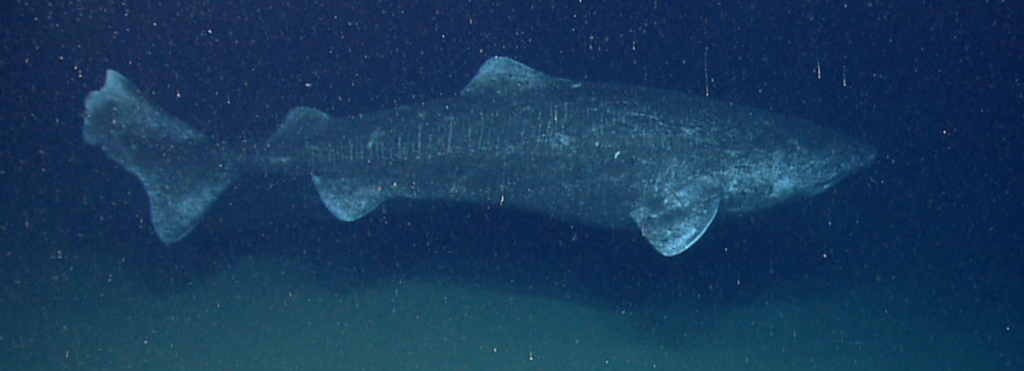
Being the only true sub-Arctic shark, the Greenland shark is gray to brown and not green as their name would have you believe. They inhabit the North Atlantic waters in Canada, Greenland, and Iceland. Their ability to tolerate cold waters with temperatures of -1 C to 10 C makes these 8-14 feet long sharks exceptionally phenomenal.
Despite their enormous size and teeth designed to cut out plugs of flesh, the Greenland sharks are predominantly scavengers; they primarily feed on decaying biomass.
But this doesn’t mean that these massive sharks are picky eaters, as they are known to eat anything; polar bears, moose, horses, and reindeer have been found in some Greenland sharks’ stomachs. Experts state that Greenland sharks can live to 500 years. However, most of them
have an average lifespan of 272 years.
#3. Ocean Quahog Clam (500 years)
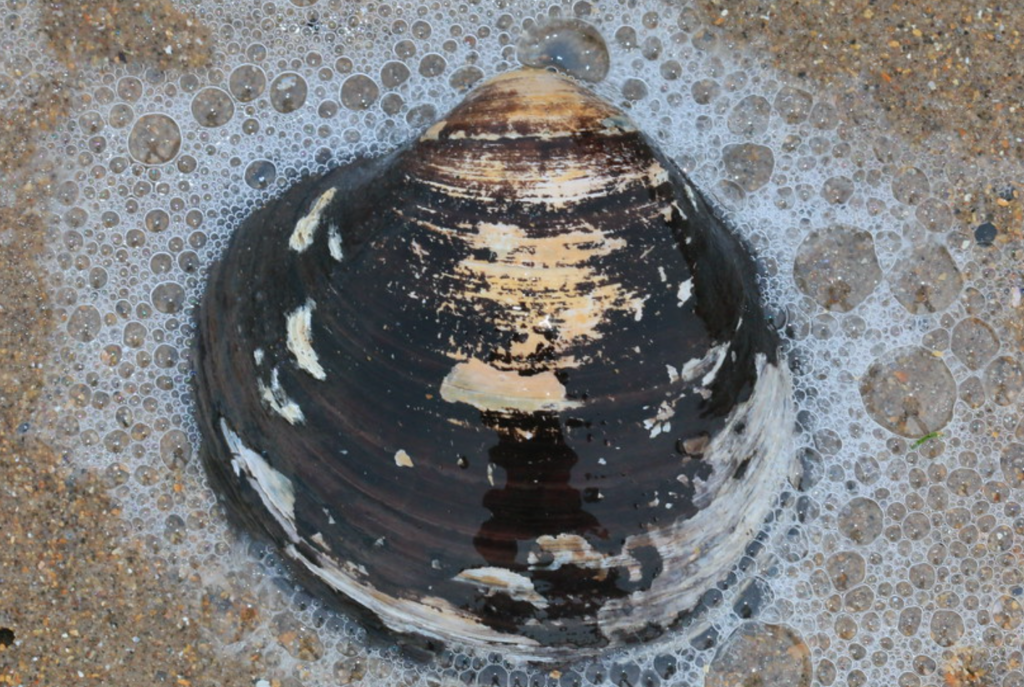
Also known as Black Clams, Icelandic Cyprinus, Mahogany Clams, and Mahogany Quahog, the Ocean Quahog Clam is one of
the longest living marine animals known to man. It’s estimated that these 1- 4 inches long, thick oval-shaped bivalved mollusks can live to 500 years, with the oldest Ocean Quahog Clam having lived for 507 years.
#2. Glass Sponge (10,000 years)

Glass sponges, live deep in the ocean are most often mistaken for plants or rocks due to their lack of a mouth, stomach, and eyes. These animals attach themselves to hard surfaces by using their silica-like skeleton and consume bacteria and plankton after filtering them from the surrounding water.
Despite lacking a brain and a nervous system, Glass sponges stop pumping and filtering the water around them if sediment is stirred into it. Their extremely porous bodies make this feeding possible. Glass sponges can reproduce sexually or asexually. These phenomenal marine creatures can live up to 10 000 years and above.
#1. Turritopsis dohrnii (presumably immortal)

These jellyfish native to the Mediterranean Sea are considered immortal because they can repeatedly reverse their life cycle without any limitation. The Turritopsis dohrnii start as larvae before transforming into polyps. The polyps then give ‘birth’ to jellyfish. The mature jellyfish can turn back to polyps if they are in any way damaged or face starvation.
Which animals have the longest lifespan?
Turritopsis dohrnii jellyfish is presumably immortal. The Glass sponge has a lifespan of 10,000 years. Under proper environmental conditions, the Ocean Quahog clams can live for over 500 years. The Greenland Shark has an average lifespan of 272 years. Freshwater pearl mussels have a life expectancy of 250 years.
The Bowhead whale, Red sea urchin, and Rougheye rockfish, if provided with a suitable environment, can live for 200 years. The Galapagos Giant Tortoise, Tuatara, American Lobsters, and the Cave Salamander have a lifespan of 100 years. Macaws have a lifespan of 80 years, while African elephants have an average lifespan of 60-70 years.

